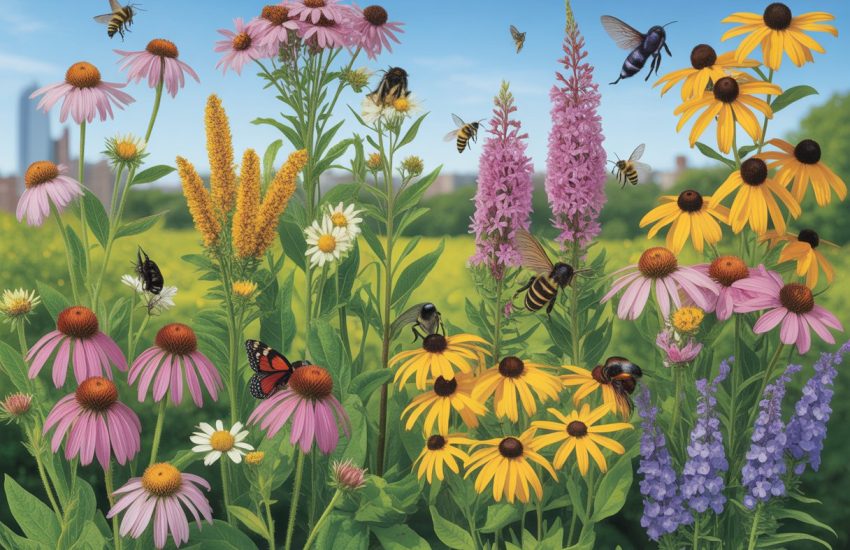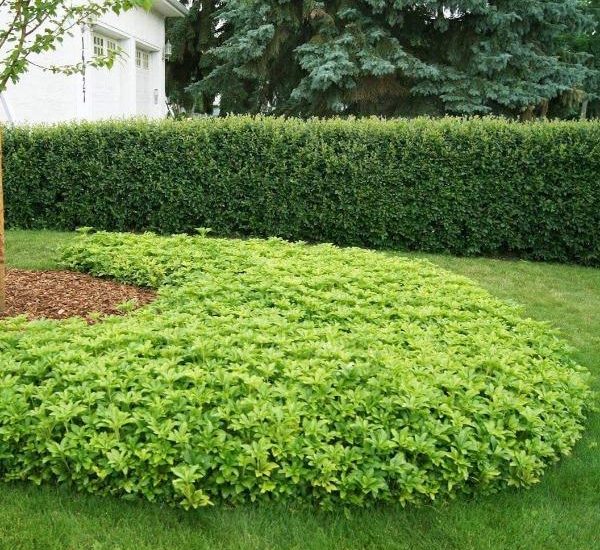How Often Should You Water a Gardenia Plant?
Gardenias are common, popular, and beautiful plants that look good in gardens. They produce charming, fragrant white flowers. If your gardenia has found a suitable place in your garden, container, or flowerpot, you need to create a regular watering schedule because it’s the key to a healthful growing and caring process. Let’s check how often and how you should do it.
Where to Plant Your Gardenia?
First, if you want your gardenia to grow well, you should plant it in the landscape. Where you plant your gardenia is important, too.
How Much?
Gardenia grown outdoors needs at least 1 inch (2 centimeters) of water every week if rainfall is inadequate around your area, but more often if gardenia’s roots dry up quickly. You need to ensure that roots are not pooled. Be careful since it causes gardenia plants to die prematurely. If rainfall is limited around your area, shrubs growing near the heated building may need extra.
How Often?
It’s essential for flower development. You should water your gardenia at least twice a week for the first six weeks after planting. Once it’s established, decrease to once a week. Even if the gardenia plant craves humidity, keep the soil moist but not soggy. Note that the shortage causes gardenias to become stressed. Just a few days of drought can cause irreversible damage.
Water Type
Since gardenia dislikes hard water but can be used only when softened, but is still risky. Therefore, collected rainwater and bottled mineral water is the best choice. They should be at room temperature and have lower lime content. Gardenia also needs consistent moist levels. During the blooming, avoid getting the petals wet since it will cause spots or discoloration on the blooms.
The Best Time
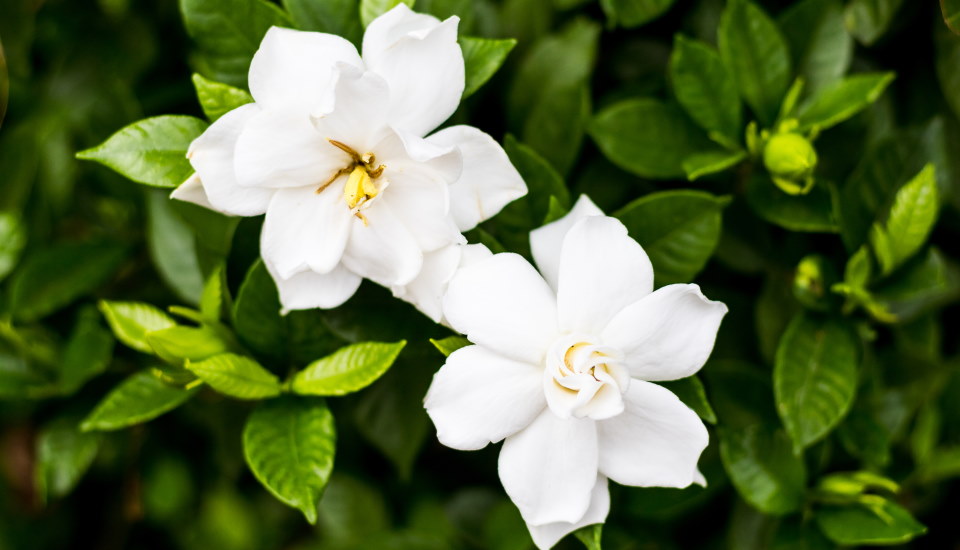
If you’re stuck and don’t know which time is the best to water your gardenia plant, don’t worry. Here is the answer: When the soil is dry but not cracked, it means the time has arrived. Early morning or late evening is suitable since the gardenia plant isn’t affected by direct sunlight at these hours. This helps to prevent any damage caused by direct sunlight.
How to Tell If Gardenia Plant Needs to Be Watered?
If your shrub’s flower buds start to fall or the leaves begin to dry up and wither, it’s a clear sign. Don’t allow it to dry up even in winter. Check the soil by using your index finger. If it’s dry and has started to crack, check the root levels. This is extremely important if your gardenia plant is in full bloom. And this step is critical for plant survival, too.
Methods
Gardenia shrubs should be watered directly into the soil to avoid diseases and become wetter. You can use these for the healthy process:
- Normal garden hoses
- In-ground soaker hoses
- Sprinklers system for large gardens
- Drip irrigation system
These are helpful since they affect soil directly. Because watering your plant through the leaves causes some fungal diseases. Water-filled feeding needles may be helpful for deeply rooted and years-aged shrubs. Be careful and avoid damaging flowers.
Gardenia in Spring and Summer
Heat during the spring and summer can cause dryness in your gardenia’s soil. While watering, ensure it reaches the roots and do it more often. If the soil is hard to wet, mix a soil wetting agent.
Wait until the soil’s surface has dried. Gardenia plant needs high moist air to grow well. Spray a little water on the leaves until the plant is full-bloomed.
Gardenia in Fall and Winter
Reduce the amount you use during the fall, especially in winter. You can use your index finger to check the soil’s dryness. If the soil is dry from the index finger down, do it again to only keep the soil slightly moist to touch.
Regular Watering
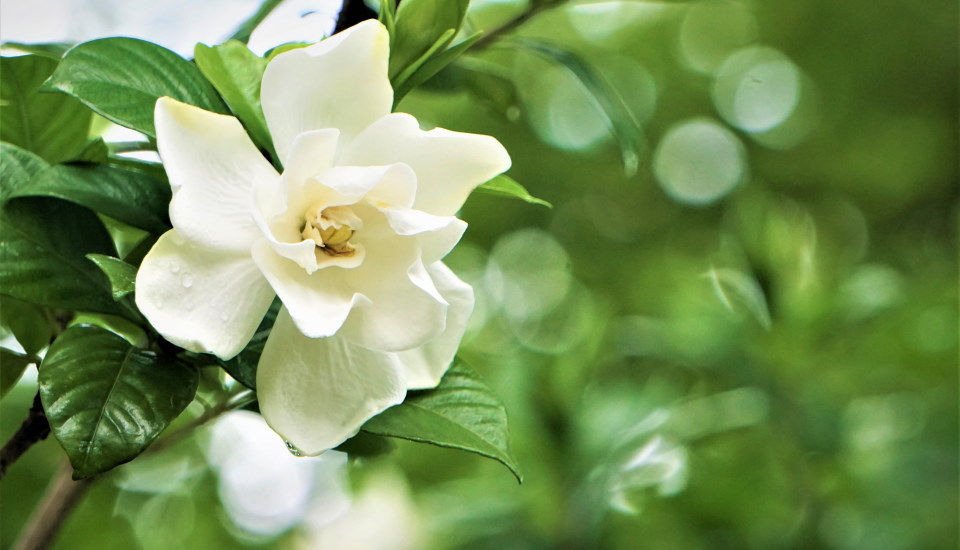
Gardenia bushes can tolerate some drought, but shrubs need regular weekly watering that can be done more often on high-heated days. If you’re inconsistent, buds and leaves may fall off. Preparing and doing a schedule makes your gardenia plant look more shiny, beautiful, and healthy.
Inadequate Watering
It causes your gardenia plant to wither prematurely because it needs to be consistently moist.
Signs of Inadequate Watering
It’s hard to understand signs. Overfertilization and irregular schedules can be reasons. They can cause leaf yellowing and brown on the leaf and edges. They will start to drop. Note that some leaf yellowing of aged leaves is natural and can occur in winter before the new spring. Here are the signs:
- Yellowing and browning on the leaf and the edges
- Too dry root zone and soil
Effects of Inadequate Watering
These signs may lead to many problems, even lead your gardenia plant to wither completely. Here are the effects:
- Lower yields
- Small and less nutritious plants
- Increased pests can cause harm to gardenia’s leaves, roots, and flowers
- Sudden and leaf falling
- Bacterial and fungal diseases
- Under or over blossoming
- Root development problems for both physically and chemically development
How to Prevent This?
The only solution is to maintain a strict and regular schedule. Checking the soil’s wetness often may help to understand soil.
Overwatering
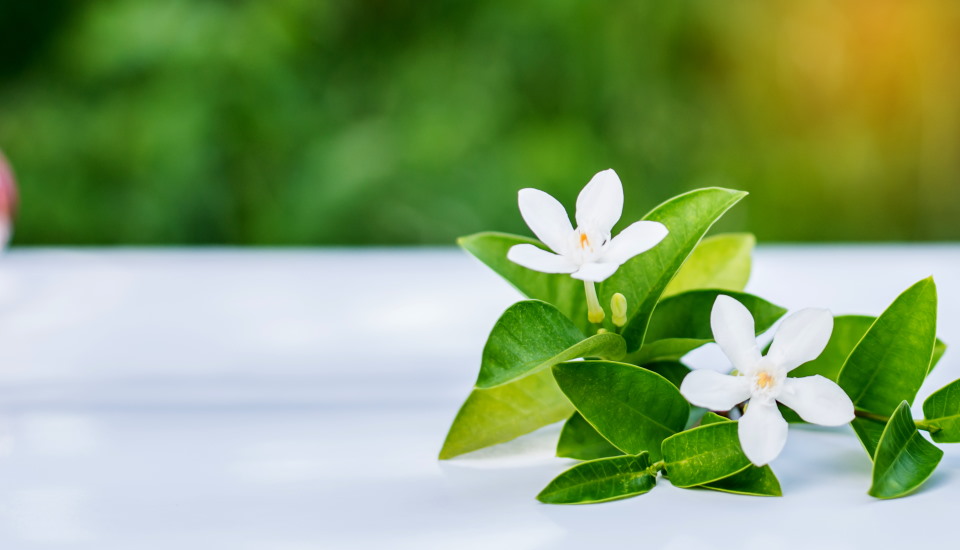
Gardenia is a plant that knows how much water it likes and will tell you if you give too much. And don’t forget that this is the most common reason causing gardenia to wither quickly. Even though you need to do it regularly, it doesn’t mean your plant needs more and more.
Signs of Overwatering
Signs can be understood more quickly, but some may be hard to understand. Therefore, you must maintain a regular schedule if you don’t want to cope with these problems. Here are the signs:
- Yellowing and browning on the leaf and the edges
- Sudden widespread leaf drops affect the whole plant
- Bud drop
- Sudden wilting
Effects of Overwatering
It can cause your gardenia plant to wither quickly. Here are the effects:
- Waterlogging causes the soil to be fully saturated, and it cannot flow away quick enough
- Root rot that causes fungi and bacteria
- Plant stress that affects the growing process directly
- Weed invasion that can be hard to control and get rid of when it’s too late
How to Prevent This?
You need to check your gardenia’s soil often. It should be moist and well-drained. You can apply the mulch to preserve your gardenia’s moisture. Don’t forget to provide consistent moisture. Besides, using distilled water once a month to drain the extra salt that fertilizers can cause. It also helps to boost your plant’s health and makes growing more heartily.
Watering Tips for Your Gardenia Plant
Even if you provide everything to your gardenia plant correctly, it still needs extra care, but it’s worth it if you see them blooming and dancing with the wind in your garden. So, here are some tips for your gardenia plant in the next titles.
Material
Don’t use too big pots since the small gardenia plant needs more time to absorb. Fill your can by comparing your pot’s size. Using a terracotta pot may help the soil dry quickly. And make sure it has multiple drainage holes to prevent root rot.
Moisture Level
Check the moisture level of not only the soil surface but also the root level of your plant. The only surface may deceive you, especially in the mid-season. You can use a moisture meter or your finger to measure moisture level.
Weather Conditions and Time
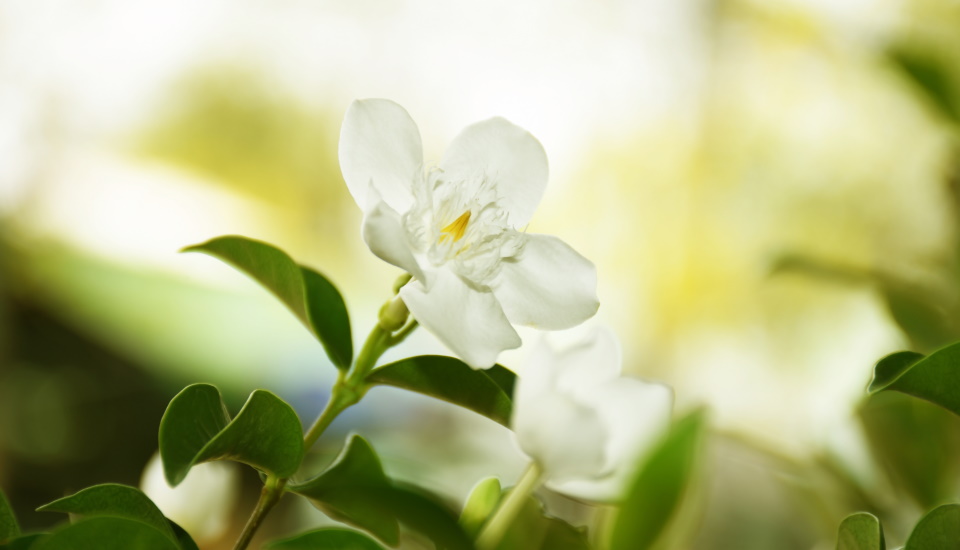
The regular schedule may change with the seasons, so you need to adjust the schedule. For example, increase the time in summer, and decrease it in the winter. Rainy and breezy days are risky.
Sunlight
Too much sun and direct sunlight cause diseases and damage to garden plants. They can range from pointed stains on leaves to death. Partial sun and evening hours when the sunlight has faded are the best for effective flower bud development.
Soil Type
Actually, we have often mentioned the soil above, but let’s take a look at it again. Your soil type determines the regular schedule of your plant. Gardenias require organically rich, acidic (pH 5.0-6.5) soil with adequate drainage. Loamy soil is suitable for drainage, too.
Drainage
It’s easy to test drainage, dig a hole and fill it with suitable water mentioned above. 12-18 inches (30-45 centimeters) square hole is enough. Let it drain and fill it again. Using a timer the second time can be helpful. If it’s drained quickly, this soil is fine, but if it takes hours or a day, it means the soil has poor drainage.
Conclusion
In conclusion, who would have guessed that the gardenia plant could be so tender and delicate? Even though this plant needs a strict schedule and care, it’s worth seeing blossoms in your garden in spring. This regular schedule may seem difficult and troublesome and challenging to implement but to say it again, the results are definitely worth seeing. All you need is to provide appropriate conditions and maintain them stably. Timing is the key here. Good luck!
You may also be interested in:

